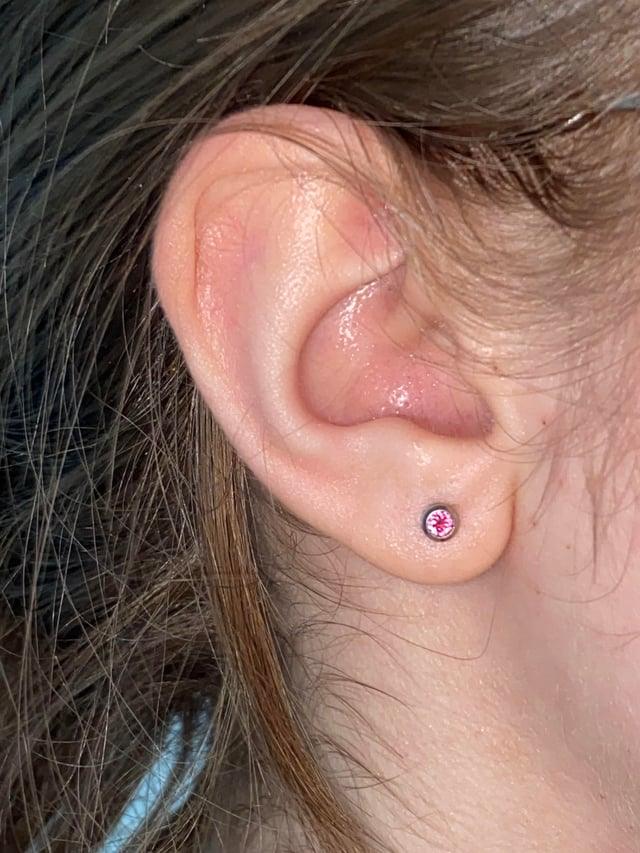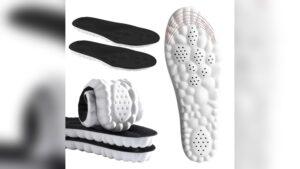You just got your ears pierced, and now you’re wondering: how long until you can change your earrings? It’s a question that’s on your mind because you want to show off your style without risking infection or irritation.
Changing your earrings too soon can cause pain and delay healing, but waiting too long might feel frustrating. You’ll discover the exact timeline you should follow and simple tips to keep your new piercings healthy. Keep reading to find out when it’s safe to switch your earrings and how to do it the right way.
Initial Healing Period
The typical healing time for earlobe piercingsis usually 6 to 8 weeks. During this period, the skin forms a strong seal around the earring. Changing earrings too early can cause painor infection. Keep the area clean and avoid touching it often.
For cartilage piercings, healing takes longer, about 3 to 6 months. Cartilage is thicker and slower to heal. Be gentle and avoid changing earrings during this time. Watch for swelling or redness as signs of irritation.
Factors Affecting Healing
Proper piercing aftercarehelps the skin heal faster and stops infections. Clean the piercing gently with mild soap and water or a saline solution. Avoid touching or twisting the earrings often, as this can cause irritation. Keep hair and other objects away from the piercing site.
Each person’s skin heals differently. Some people heal quickly, others take more time. Health conditions like diabetes or skin problems can slow healing. Eating healthy and staying hydrated help the body repair itself.
The location of the piercingchanges healing time. Earlobe piercings usually heal faster than cartilage piercings. Cartilage has less blood flow, so it needs more time.
Jewelry materialmatters. Hypoallergenic metals like surgical steel or titanium reduce risk of allergies. Avoid cheap metals that can cause irritation or infections.
Signs It’s Safe To Change Earrings
Clear skin around the piercingis a good sign. No rednessor swellingmeans healing is going well. The area should look normal and not feel warm.
No pain or dischargeshows the piercing is not infected. You should not feel soreness or see any pus. A little crusting is normal but no oozing.
The piercing hole feels stablewhen you gently touch or move the earring. It should not feel loose or very tender. This means the skin has grown enough to hold the earring securely.

Credit: heyrowan.com
Risks Of Changing Earrings Too Soon
Changing earrings too sooncan cause infection. The hole is still fresh and sensitive. Bacteria can enter easily, causing redness, pain, and swelling. Keeping the original earrings helps protect the hole.
The piercing may start to close quicklyif earrings are removed early. The body sees the hole as a wound and tries to heal it fast. This can make it hard to put earrings back in.
Healing takes time. Each person’s body heals differently, but usually, it takes weeks or months. Changing earrings before the hole is fully healed can slow down the process and cause irritation.
Tips For Changing Earrings Safely
Cleaning and sterilizationare key before changing earrings. Use warm water and mild soap to clean your hands and earrings. Soak earrings in rubbing alcohol for a few minutes to kill germs. Avoid touching the part that goes into your ear with dirty hands. This helps prevent infections and keeps your piercing healthy.
Choosing the right earringsis important. Pick earrings made from hypoallergenic materialslike surgical steel, titanium, or gold. These reduce the chance of irritation or allergic reactions. Start with small, simple studs rather than heavy or large earrings. This keeps your piercing comfortable and safe during healing.
Gentle handling techniqueshelp protect your ear. Always hold the earring by the post, not the decorative part. Turn earrings slowly and avoid pulling or twisting hard. This stops damage to your piercing and skin. Remember, be patient and gentle for smooth healing.

Credit: www.reddit.com
When To Consult A Professional
Changing earrings too soon can cause painand infection. Watch for redness, swelling, or pusaround the piercing. These are signs of complications.
If the area feels hotor tender, it might be infected. Also, a bad smellcan show trouble. Sometimes, the piercing may bleedor hurt a lot.
Seek expert help if any of these signs appear. A professional can clean and treat the area safely. They know how to handle infections and prevent more problems.
Don’t wait too long to get help. Early care leads to better healing. Trust a professional to guide you on when to change earrings safely.

Credit: www.reddit.com
Frequently Asked Questions
How Long Should I Wait To Change New Earrings?
You should wait 6 to 8 weeks before changing new earrings. This allows your piercings to heal fully and reduces infection risk.
Can I Change Earrings Sooner If My Ears Don’t Hurt?
Even without pain, wait at least 6 weeks. Early changing may cause irritation or infection in healing piercings.
How Do I Know When My Earrings Can Be Changed Safely?
Your piercing should no longer be red, swollen, or painful. If healed, gently move earrings without discomfort to confirm readiness.
What Happens If I Change Earrings Too Early?
Changing earrings too early can cause infection, irritation, or delayed healing. It may also lead to scarring or closing of the piercing hole.
Conclusion
Changing earrings too soon can cause pain and infection. Healing usually takes 6 to 8 weeks. Always keep your new piercing clean and dry. Be gentle when touching or turning the earrings. If you feel pain or see redness, wait longer.
Patience helps your ears heal well and look great. Remember, every ear heals differently, so listen to your body. Taking care now means you enjoy your earrings longer. Safe and slow wins the day.

Madison Clark is a footwear expert and the voice behind MyStyleGrid.com. She specializes in honest shoe reviews, style tips, and practical guides to help readers find the perfect pair for any occasion. With years of experience in blogging and content creation, Madison makes footwear knowledge simple, stylish, and easy to follow.







